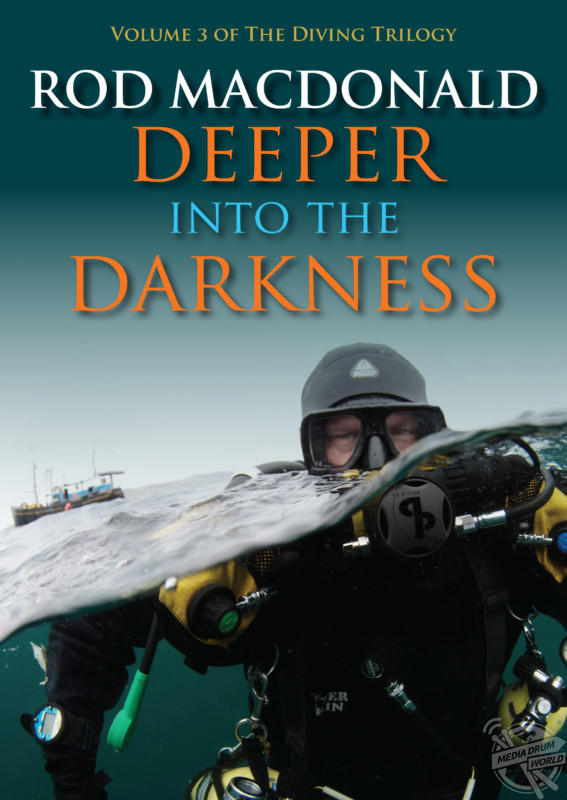By Rebecca Drew
FASCINATING UNDERWATER images focusing on the magnificent shipwrecks dotted around the world and off the coast of the UK from both world wars have been released in a new book by a Scottish diver.
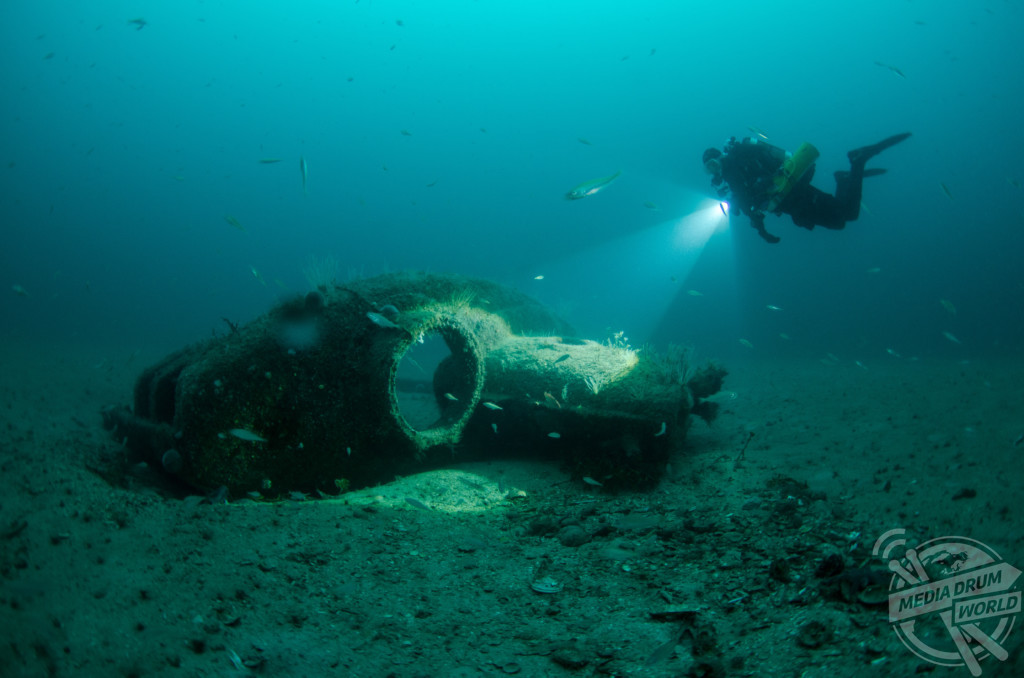
of the conning tower with its hatch and periscope tower.
Bob Anderson / Whittles Publishing / mediadrumimages.com
Incredible pictures show the remains of HMS Pathfinder which lies off the Scottish east coast and HMS Audacious, which now lies upside down in almost 220-feet of water, far out from Malin Head, off the Donegal coast. Audacious was the first British battleship to be sunk by enemy attack during World War One on October 27, 1914, just two months into the war.

Rod Macdonald / Whittles Publishing / mediadrumimages.com
Another shot shows a ship that suffered a similar fate during the Pacific War of World War Two, passenger liner, Rio de Janeiro Maru in Truk Lagoon. One diver is pictured carefully holding a katana samurai sword found inside the wreck and swimming alongside its bronze lettering on the ship’s stern.
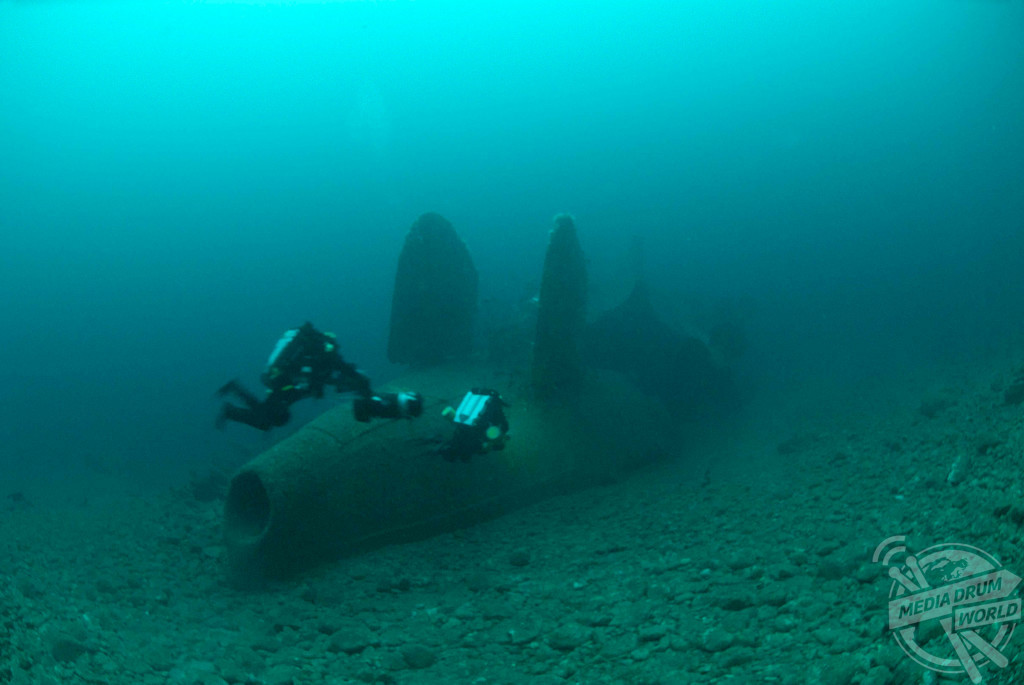
Barry McGill / Whittles Publishing / mediadrumimages.com
The Rio de Janeiro Maru was requisitioned by the Japanese Navy and was active until September 1943 when she was reconverted into a transport ship, however, in February 1944, she was bombed during Operation Hailstone by the USA.
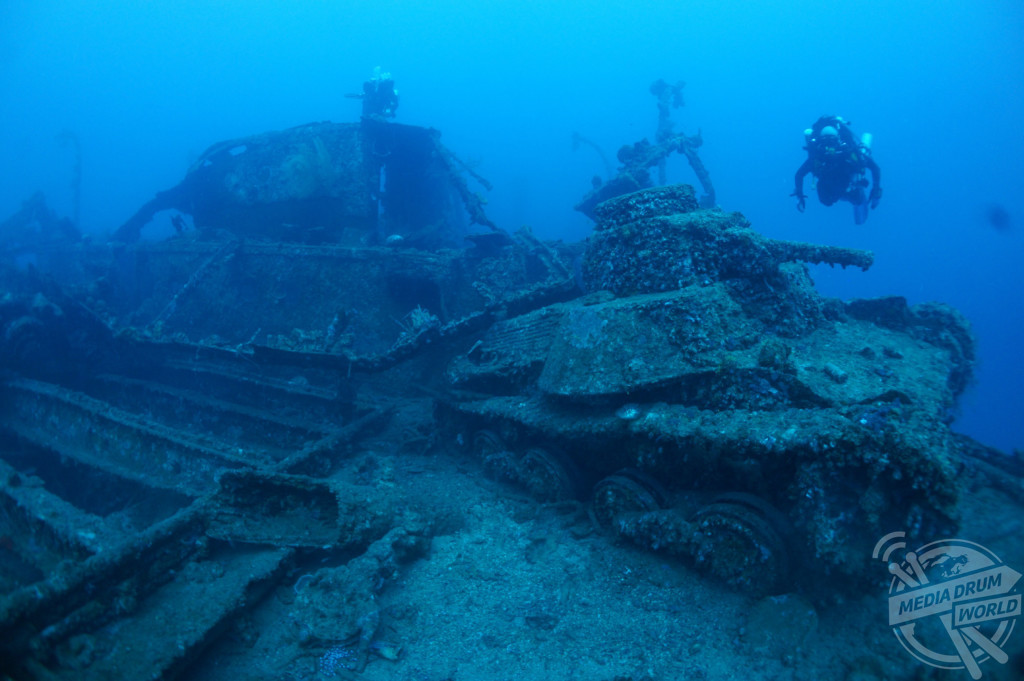
Rod Macdonald / Whittles Publishing / mediadrumimages.com
The images have been released as part of a new book by internationally renowned diver, Rod Macdonald called Deeper into the Darkness: The Diving Trilogy 3, it is published by Whittles Publishing.
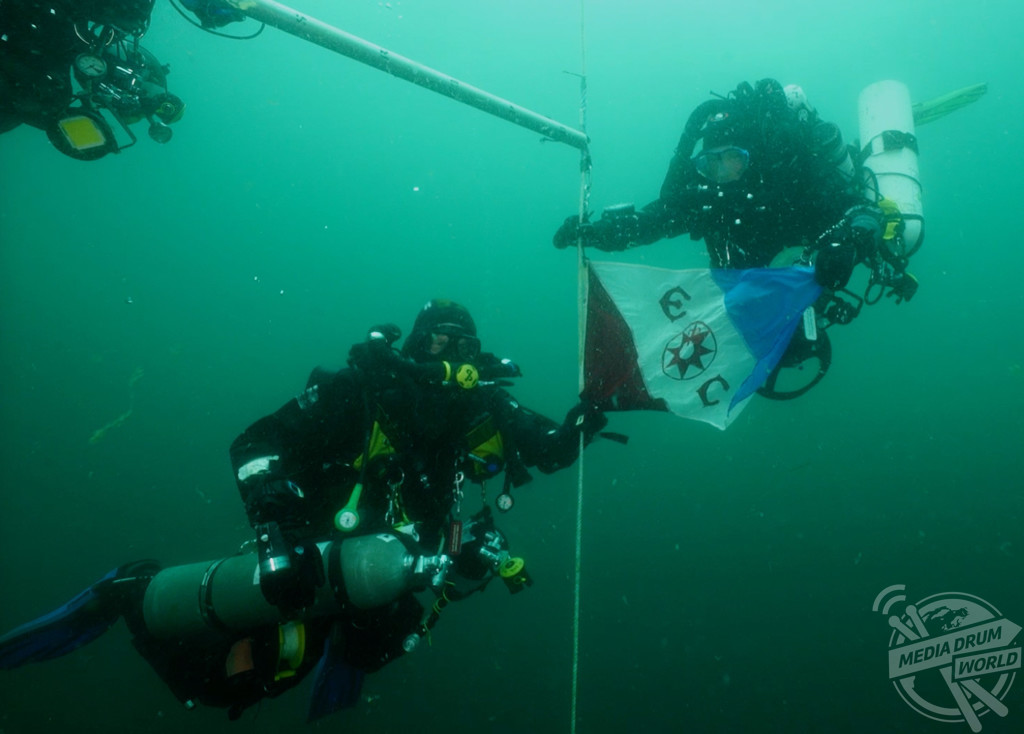
Explorers Club flag inwater. Rod Macdonald on the left – Paul Haynes, right.
Rod Macdonald / Whittles Publishing / mediadrumimages.com
“At the time of writing this book we were in the midst of a number of important 100th anniversaries of the momentous events of World War I. The great land battles were being remembered at a number of ceremonies as the dates occurred,” writes Macdonald.

Rod Macdonald / Whittles Publishing / mediadrumimages.com
“The great clash of steel titans at sea, the Battle of Jutland, was poignantly remembered, as were the individual sinkings of some famous ships such as HMS Hampshire and HMS Vanguard.
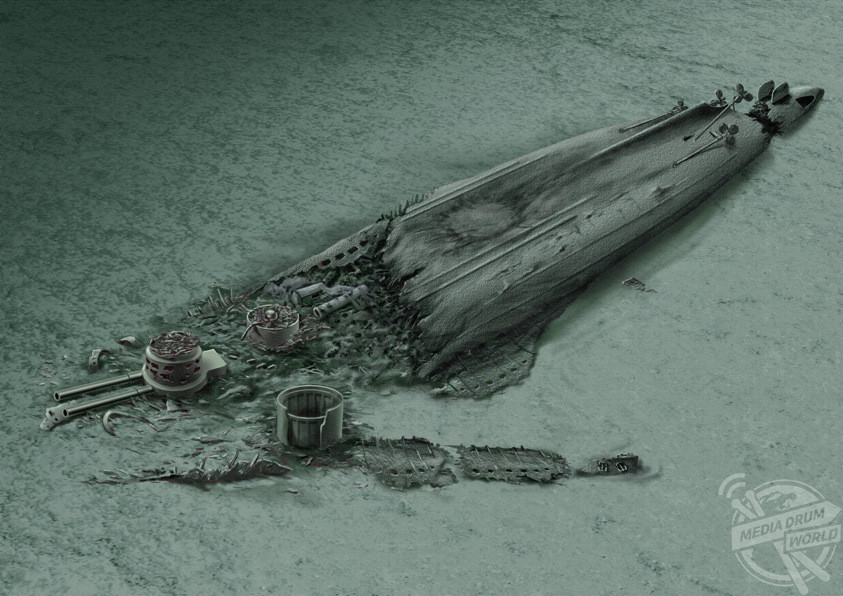
Rod Macdonald / Whittles Publishing / mediadrumimages.com
“But for many ships and their crews, sent to the bottom by mine, torpedo or collision, there was no such act of remembrance. Now, therefore, as these great 100th anniversaries passed, it seemed an appropriate time to write about some of the famous World War I naval shipwrecks that lie around our British coastline, in my own act of remembrance to those who perished.”
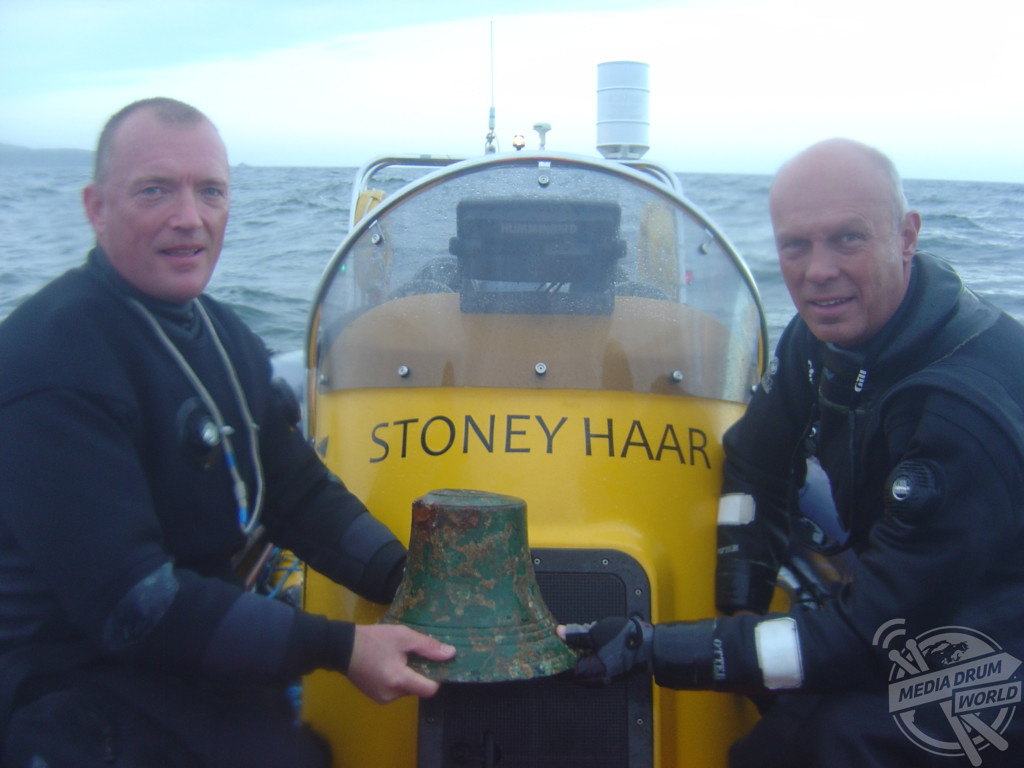
Rod Macdonald / Whittles Publishing / mediadrumimages.com
Macdonald has previously written about some of the greatest shipwrecks around the UK and his latest book also charts his own journey from novice to technical diver as well as highlighting the history of some of the world’s greatest wrecks.
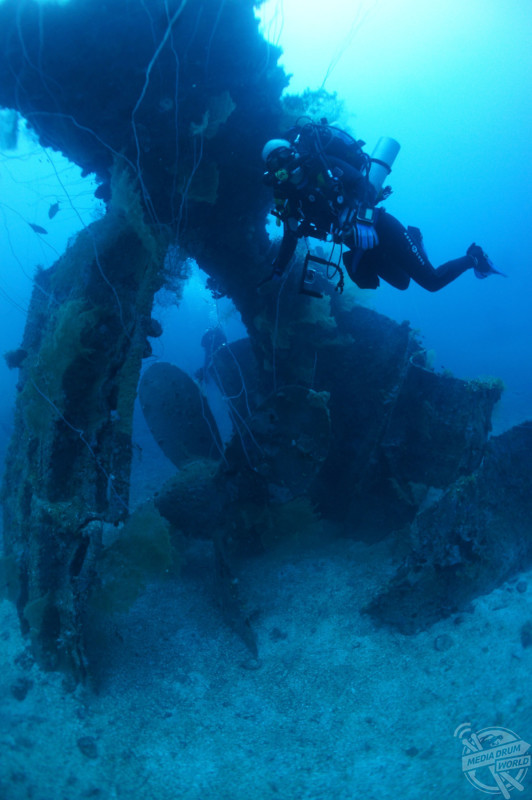
Ewan Rowell / Whittles Publishing / mediadrumimages.com
“I decided to write a follow-on to Into the Abyss and The Darkness Below – a third volume in the story of my diving career, which by complete chance, mirrors and charts the development of our sport of technical diving from its origins in the dangerous deep air days of the late 1980s, through concepts such as extended range diving, the use of decompression gases such as nitrox, the use of deep diving trimix gases using helium, through open-circuit trimix diving and on to the present day, when we use amazingly complicated closed-circuit rebreathers that greatly extend the time you can spend on the bottom and the depth you can go to with ease, whilst minimising as far as possible the length of time it takes to ascend safely and decompress,” continues Macdonald.

Ewan Rowell / Whittles Publishing / mediadrumimages.com
“Of necessity, reading about diving, and particularly technical diving, means grappling with a number of specialist concepts and pieces of kit that can seem confusing and daunting to the non-diver to begin with.
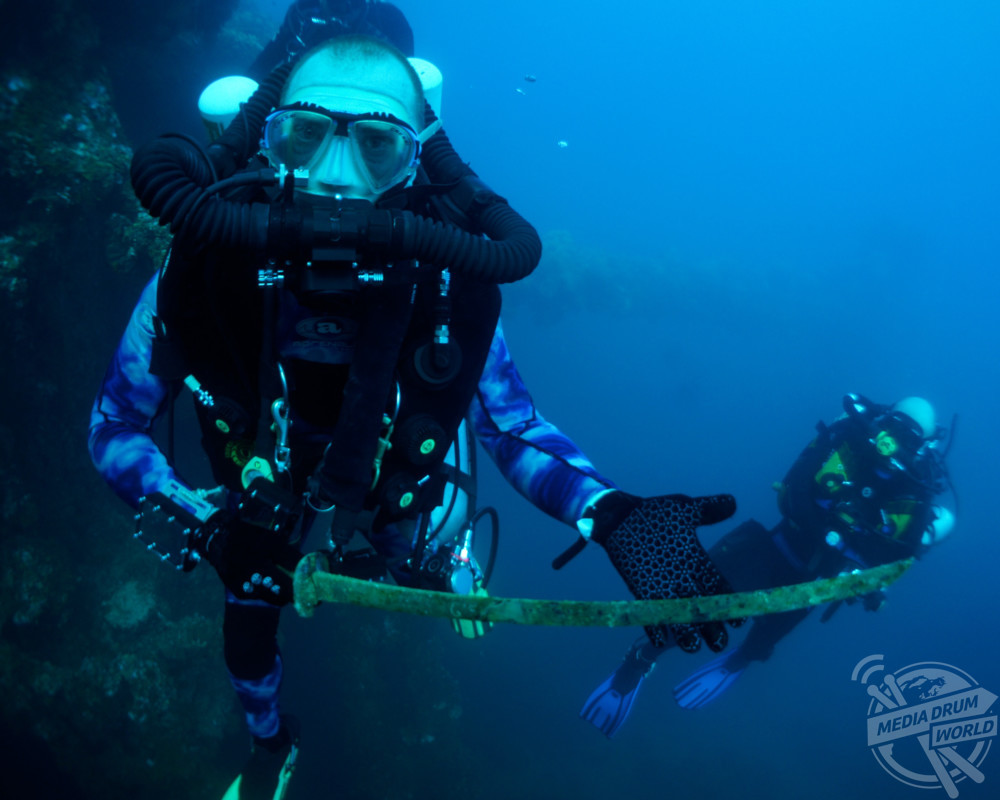
inside the Rio de Janeiro Maru in Truk Lagoon.
Ewan Rowell / Whittles Publishing / mediadrumimages.com
“Rather than providing a dull glossary, each time something specialist comes up for the first time I’ve tried to explain it in simple terms so that as you progress through the book, these concepts and pieces of kit will become more familiar.
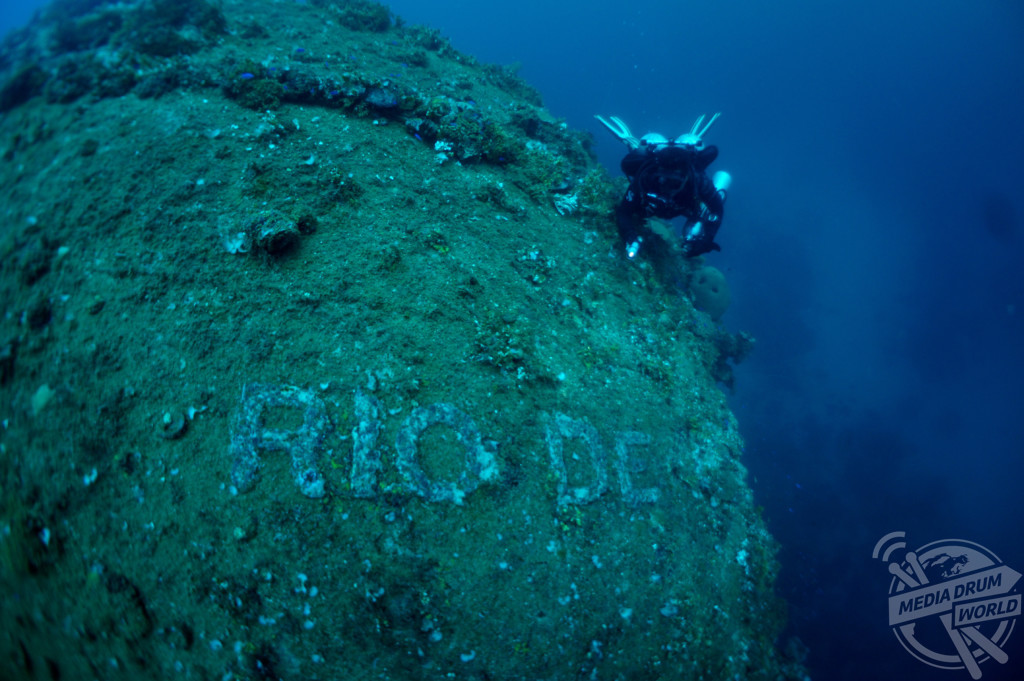
Ewan Rowell / Whittles Publishing / mediadrumimages.com
“Don’t worry if you don’t understand something at a first reading; you will by the end of the book. So here is my humble effort – an originally unintended trilogy is now formed. I hope you enjoy it.”
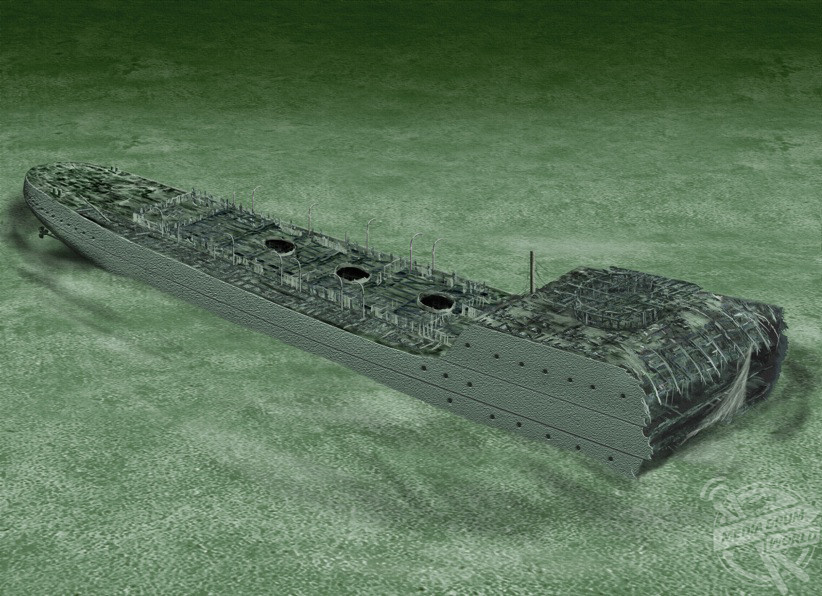
Rod Macdonald / Whittles Publishing / mediadrumimages.com
Deeper into the Darkness: The Diving Trilogy 3, by Rod Macdonald is published by Whittles Publishing and is available to buy now for RRP £19.99

